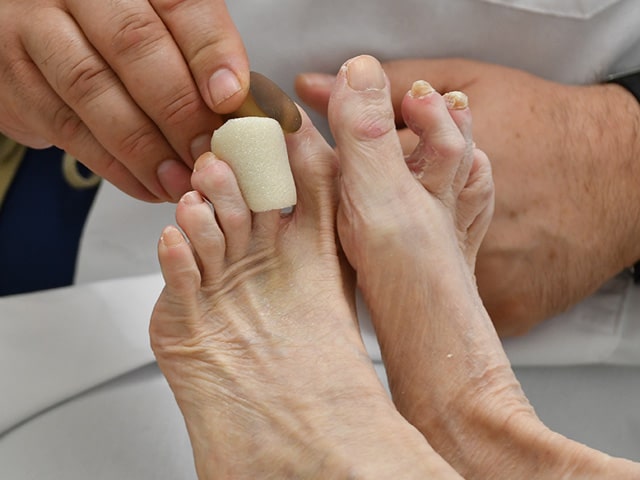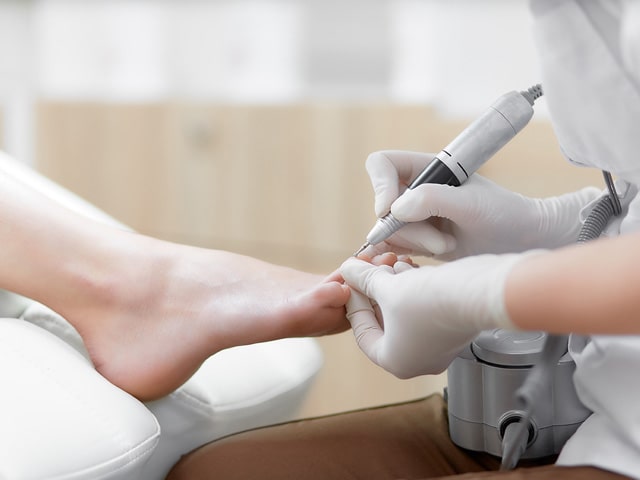Common Myths About Podiatrists
Podiatry as a medical specialty has actually advanced considerably over the last fifty years Nonetheless, in certain locations, recognition and also understanding of that advance by the general public and also the clinical community has actually not adhered to. No longer a profession that just treats toenails, corns, as well as calluses, podiatry has actually come to be the branch of medicine with one of the most competence in foot and also ankle medicine as well as surgical treatment. This article will certainly discuss usual misconceptions regarding podiatry, and also the nature of this specialty in 2010.
Myth # 1: Podiatric doctors only go-to institution for two years.
After graduating from a 4-year undergraduate college, podiatrists go to educate just as long as a medical doctor (MD), or medical professional of osteopathy (DO). Actually, much of the initial 2 years of podiatry school scholastic research study correspond to those degrees. The difference starts in the 3rd year, where podiatry students start to develop experience in foot and also ankle joint medication. While podiatry students serve in much of the exact same healthcare facility departments learning general medication during the third as well as fourth-year as MD and DO trainees, more of that time is spent in the field where they have currently picked specializing, instead of MD as well as DO pupils that are undecided on a specialty.
Upon graduating, brand-new podiatric doctors come to be hospital-based resident medical professionals for two to three years, finding out advanced medical and also surgical techniques, and also typically are charged with the exact same obligations as MD and also DO trainees as well as homeowners in those establishments. Only afterward do foot doctors go into practice.
Myth # 2: Podiatrists mostly deal with nails as well as calluses
There was a time in the former fifty percent of the last century that foot doctors (after that known as chiropodists) purely treated nails, calluses, as well as basic foot pain. That time has long since passed. For the last forty years, podiatrists have actually treated every problem that can potentially affect the foot and also ankle joint, from bunions as well as hammertoes to serious infections and also cracks, and also extreme birth deformities. Foot doctors deal with skin problems, bone conditions, nerve conditions, injuries, as well as also have a role in circulation disorders. And also, of course, they even still deal with toenail illness and also corns and calluses.
Misconception # 3: Podiatrists do not perform surgical treatment
The specialty of podiatry is typically a surgical one, considering that lots of treatments performed by a podiatrist in or out of the workplace involve some hands-on treatment. While a few of these is not surgical treatment in the sense of including an operating room and general anesthetic (like the in-office therapy of in-grown toenails, for example), much of what podiatrists do does entail traditional surgical procedure. Almost all podiatrists execute health centers or surgical procedure center-based surgery.

They come to be board certified in foot surgery, and American foot doctors are identified globally as the specialists in foot and also ankle joint surgical procedures. Podiatrists utilize typical orthopedic medical strategies, and likewise pioneer treatments distinct to the specialized to development modern foot as well as ankle joint surgical understanding. Podiatric doctors execute routine rehabilitative surgical treatment, however also serve on injury groups as well as conserve lives with hostile surgical intervention in diabetic foot infections. Some sub-specialize in pediatric surgical procedures, while others concentrate on sports medication.
Myth # 4: Foot doctors utilize costly footwear inserts to deal with everything.
Part of the special advantages of a foot doctor over another professional that has cross-treatment of foot problems is the podiatrist’s education and understanding of the area of biomechanics. The foot has a special architectural, physiological, and also engineering partnership with the ground as it pertains to body movement. Biomechanics includes the study of that partnership.
Part of a podiatric doctor’s education is understanding this partnership, exactly how it factors into foot condition and also injury, as well as exactly how it can be manipulated to prevent injury and illness. One of the best developments in this area in the last fifty years has been the growth of orthotics. Although any store-bought insert is currently called an orthotic, the conventional and much more precise summary of an orthotic is a molded plastic or composite insert that was formed over a version of one’s foot.
Check out Podiatrist Nashville for more useful information.



